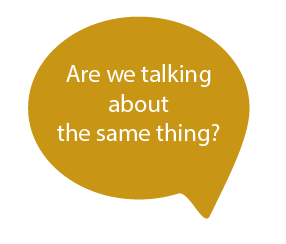1 What is inclusive leadership?
Leadership is to do with doing the right thing and management is about doing things right. Leadership is thus strategic, concerned with values, moral purpose, and a long-term vision of where an organisation wants to be in the future. Management is about making that vision a reality. Inclusive education needs both to happen.
Inclusive leadership is a concept whose popularity has spread in recent years, in and out of education. The values which underpin this approach can be seen as being broadly associated with leadership that emphasises equitable, horizontal and collective relationships. These values sit in contrast to more bureaucratic and hierarchical forms of organization which can be seen to reinforce wider social biases and injustices in relation to notions such as ability, class, gender, race, ethnicity, sexuality and socio-economic background. The values underpinning inclusive leadership also sit in contrast to the single, hero model of leadership. They are rooted in collaborative notions that seek to include those often left out of leadership-related activities. They seek to have greater influence than is associated with individual leaders, to produce deeper change and to avoid short-termism (Ryan, 2006).
Inclusive leadership is also based on a recognition that the leadership of an institution needs to be understood in its socio-cultural context. Leadership is historically, culturally and politically situated. Its nature is interwoven with the tools and artifacts associated with a particular place (such as the curriculum, official standards, facilities), as well as with people in interaction (Spillane & Orlina, 2005). Consequently, beneficial changes will arise from a diverse mix of people coming together, in different roles and working with varying resources, in various ways. Such a mix allows institutions to benefit from different understandings of the tools and artefacts, as well as the contrasting experiences and insights that arise from distinctive socio-cultural heritages.

